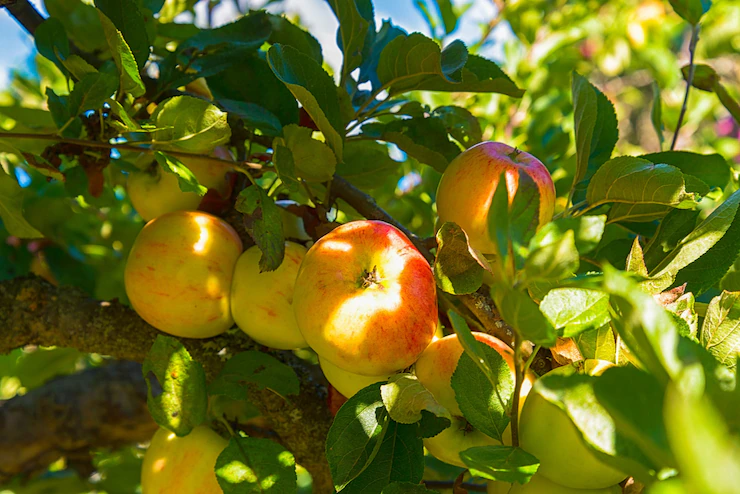Peaches are delicious and juicy fruits that thrive in the favorable climate of South Africa. Whether you’re a seasoned gardener or a beginner, understanding the specific requirements of peach cultivation is crucial for a successful harvest. Here are ten important things you should know before growing peaches:
- Climate and Region: Peaches thrive in warm to hot climates with a chilling period during winter. In South Africa, regions such as the Western Cape, Free State, and parts of the Northern Cape are suitable for peach cultivation. Ensure your region provides the necessary heat units and chilling hours for optimal fruit development.
- Soil Requirements: Peaches prefer well-drained, slightly acidic soils with good fertility. Prepare the soil by removing weeds, rocks, and debris. Conduct a soil test to determine its nutrient content and pH level. Amend the soil with organic matter, such as compost or well-rotted manure, to improve its structure and fertility.
- Variety Selection: Choose peach varieties that are well-suited to your specific region and climate. Popular varieties in South Africa include Desert Gold, Oom Sarel, and July Sun. Consider factors such as fruit flavor, size, and disease resistance when selecting the right variety for your orchard.
- Pollination: Most peach varieties are self-fertile, meaning they can set fruit without cross-pollination. However, planting multiple varieties can increase fruit set and improve overall yields. Bees are essential pollinators for peaches, so it’s beneficial to maintain beehives nearby to enhance pollination.
- Planting Time: Plant peach trees during the dormant season, preferably in late winter or early spring. This allows the trees to establish their root systems before the onset of warmer weather. Avoid planting during extremely hot periods, as it can stress the young trees.
- Spacing: Provide adequate spacing between peach trees to allow for proper air circulation and sunlight penetration. Depending on the variety and growth habit, space the trees between 3 to 6 meters apart in rows. This ensures optimal growth and reduces the risk of disease development.
- Watering: Peaches require regular watering, especially during dry spells or drought conditions. Provide deep and infrequent irrigation to promote deep root growth. Water the trees thoroughly and allow the soil to dry slightly before watering again. Avoid overwatering, as it can lead to root rot and other diseases.
- Pruning: Regular pruning is essential for peach trees to maintain their shape, control size, and promote better fruit production. Prune during the dormant season to remove dead, damaged, or crossing branches. Open up the canopy to improve air circulation and sunlight exposure to the inner branches.
- Pest and Disease Management: Peaches are susceptible to various pests and diseases, including peach leaf curl, brown rot, and aphids. Implement integrated pest management practices, such as regular monitoring, cultural practices, and appropriate use of organic or chemical controls, to manage these issues effectively.
- Harvesting: Peaches are typically ready for harvest in late spring or early summer, depending on the variety and growing conditions. Harvest the fruits when they have developed their characteristic color, are firm yet slightly soft, and easily separate from the tree when gently twisted. Handle the fruits carefully to avoid bruising or damaging them.
By considering these ten important factors before growing peaches in South Africa, you’ll increase your chances of a successful and bountiful harvest. Enjoy the sweet and luscious taste of homegrown peaches straight from your own orchard.
Join 'Farmers Mag' WhatsApp Channel
Get the latest Farming news and tips delivered straight to your WhatsApp
CLICK HERE TO JOIN






